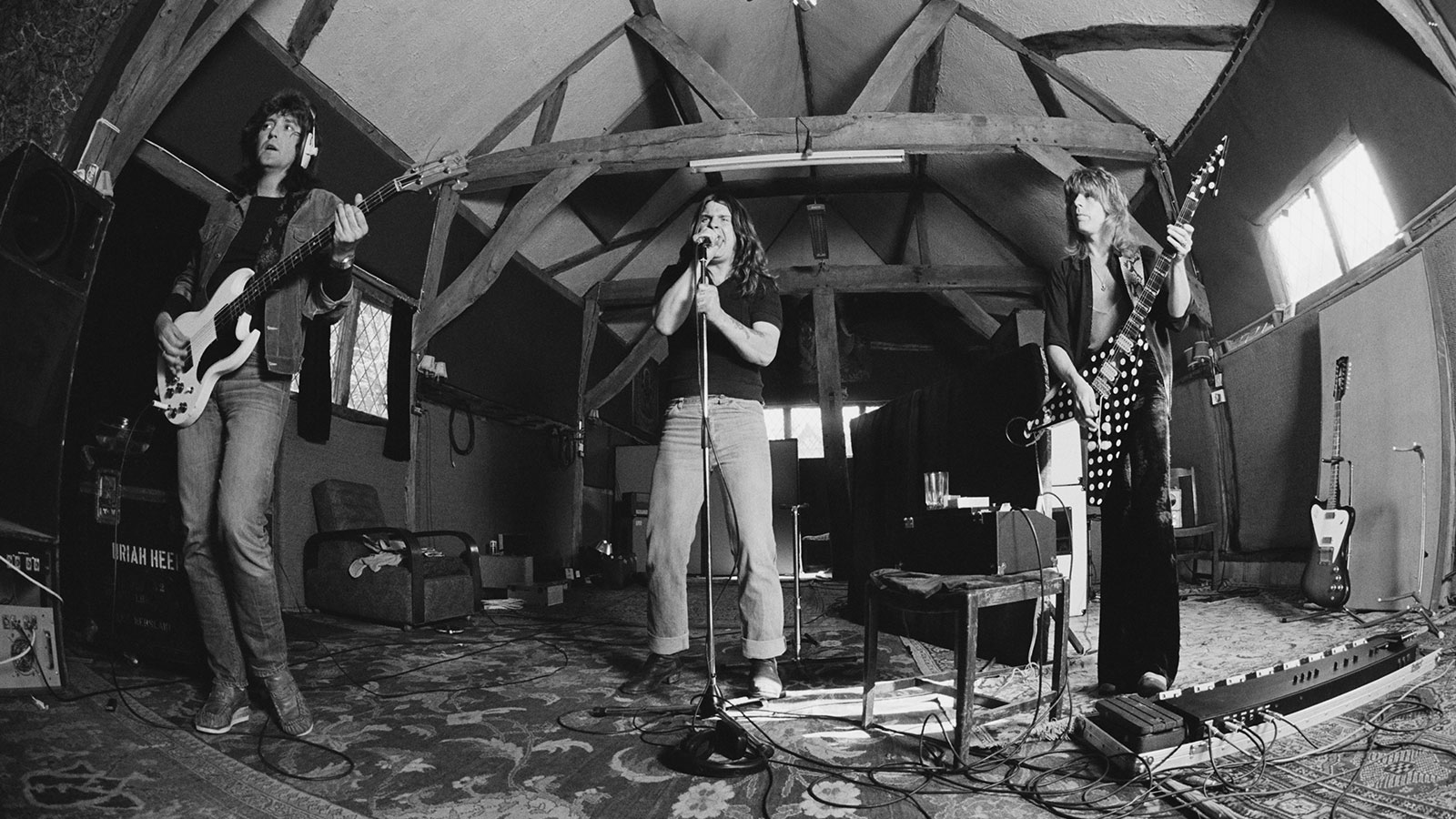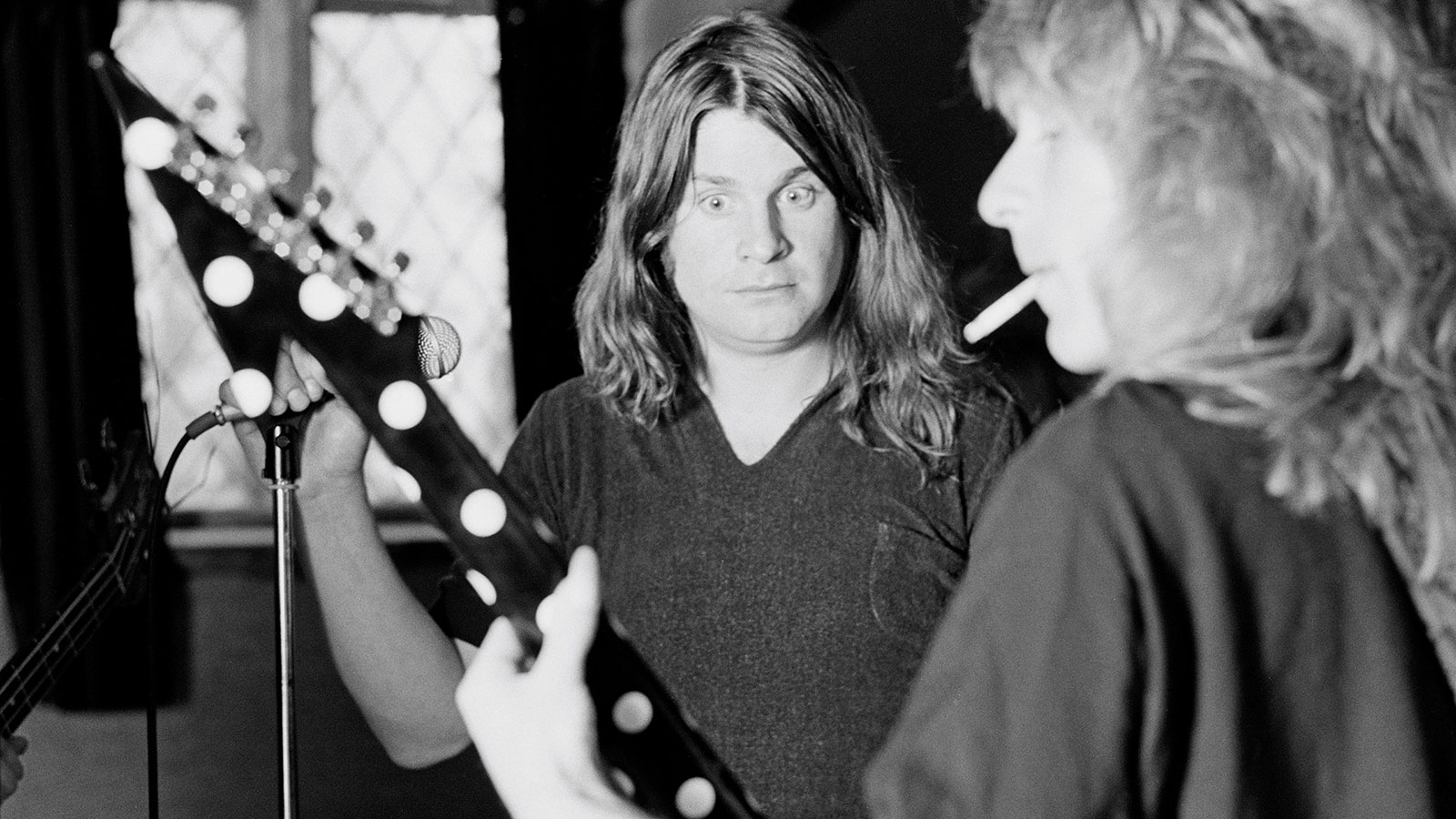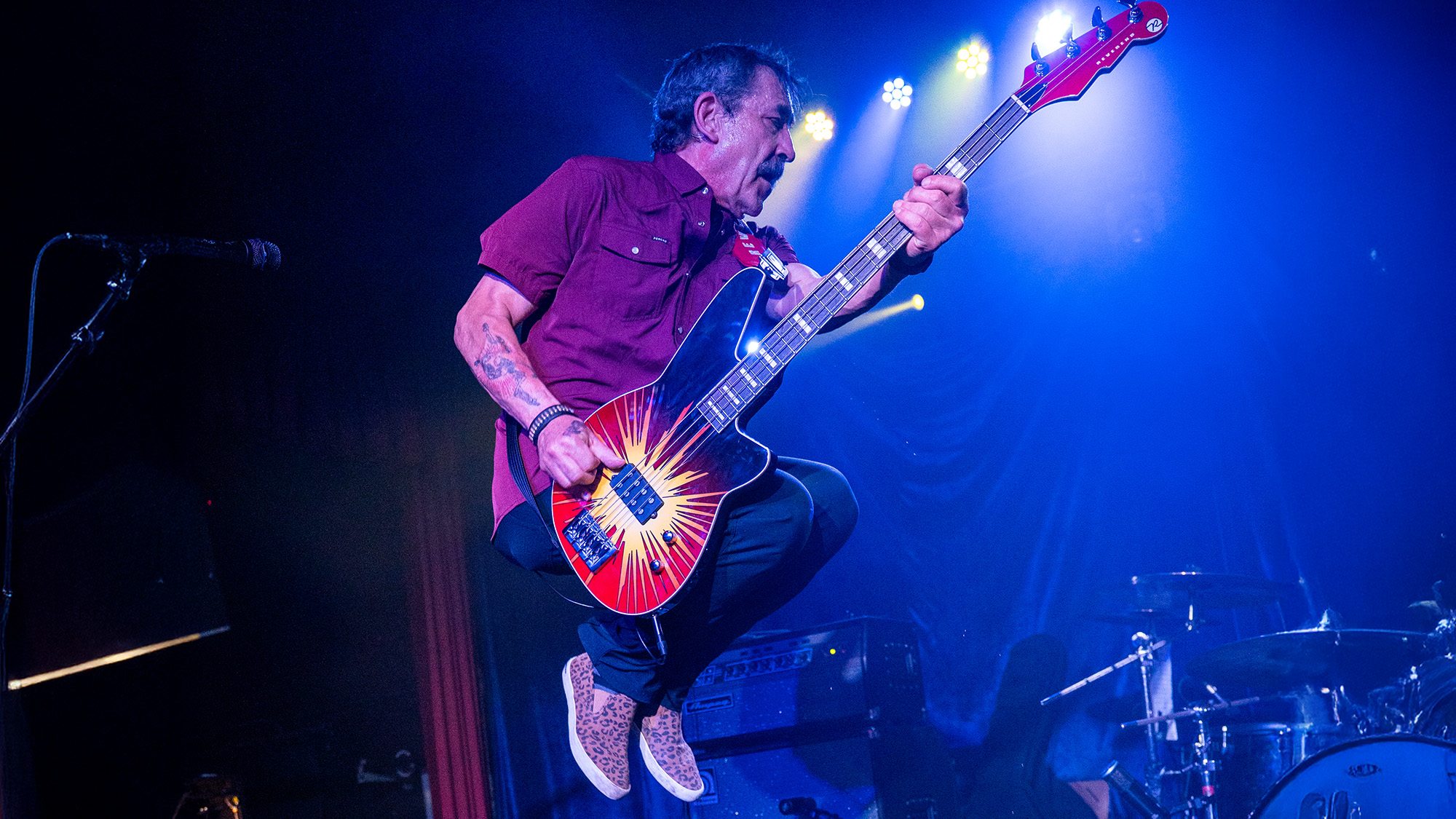Producer Max Norman recalls recording Randy Rhoads’ remarkable solos: “You could see it in his face... he was steeling himself, getting ready to pounce”
The renowned producer behind Blizzard of Ozz and Diary of a Madman reflects on capturing Rhoads’ leads

In the world of hard rock and heavy metal, English producer/engineer Max Norman needs no introduction – his impressive discography speaks for itself. From Megadeth’s Countdown to Extinction to Ozzy Osbourne’s Blizzard of Ozz, Diary of a Madman and Tribute, when it comes to metal, Max clearly has a Midas touch.
We asked the esteemed producer about the recording of Randy’s timeless solos on those now legendary first two Ozzy studio albums.
One of the things that truly stands out about Randy’s lead work on both studio albums is the passion and fire that each and every guitar solo exudes. How was that often-elusive ‘magic’ so successfully captured?
He’d often play what most people would consider to be a perfect take and say, ‘No, that doesn’t feel quite right – let’s redo it’
“There was a definite sense of occasion when it came time for Randy to record those main, middle-of-the-song solos. The way we did them was this: While Randy was rehearsing to record a particular solo, we didn’t sit around and listen to him; instead, we’d go up to the local pub for a few beers or whatever.
“Then I’d go back, and he’d say, ‘OK, I’m ready to take it!’ You could see it in his face on the studio floor; he was steeling himself... getting ready to pounce. There was a palpable ‘Now we’re recording’ sense of excitement and momentum building up.

“Randy wanted to capture a performance, and he’d attempt to get the solo within the first two or three takes in its entirety. If he didn’t, he’d say, ‘Go away for another hour and then come back – I’m not quite getting it right now.’
“But, for the most part, he would successfully record the whole solo to his liking in those first two or three takes. Randy was such a well-prepared and disciplined guy, he obviously wouldn’t say he was ready until he felt he really was. As a result, we’d grab each solo very quickly and it would be a very fresh, whole take.
All the latest guitar news, interviews, lessons, reviews, deals and more, direct to your inbox!
“Randy had a very clear vision of what he wanted to achieve. To this end, he’d often play what most people would consider to be a perfect take and say, ‘No, that doesn’t feel quite right – let’s redo it.’

“Other times he’d say something like, ‘Goddamn, that felt really good, but I didn’t catch the harmonic I wanted on one note, and it’s got to be there.’ I’d look at him in astonishment, thinking, ‘Are we really gonna blow off this great take and record over it?’ He’d say, ‘I’ve got this,’ and then, sure enough, he’d play it again and nail that missing harmonic perfectly!
“Randy’s incredible attention to detail, plus his wonderful combination of technique, feel, fire and musicality all still leap out and draw you in, even now, some 40 years later – that’s what makes him so unique. It’s astonishing to me that it’s been over 41 years since we did those records.”
Randy’s ability to double solos has long been ‘the stuff of legend.’ That said, I distinctly remember you telling me once that he actually tripled his solos.
“Yeah, if I remember correctly, all those main solos were triple tracked. I might well be proven wrong, though, as there are students out there who even can tell you what color shoes I was wearing on a certain day back then! [Laughs]
“Anyway, like I just told you, the main solo was the end-result of a single performance. Then, once Randy had laid down the exact solo he wanted, he’d say, ‘OK, let me put a double on it,’ and we’d do another two. Obviously, we kept the first one in the middle, and panned the other two left and right while pushing them back by a few dBs, just to give the solo its overall tone.
“That said, on both those records, the outro solos are invariably ones that Randy just ripped out at the time. They were first takes with no rehearsal involved. They were done that way because we either didn’t have enough time, or because Ozzy said, ‘Keep that one.’ That’s another way of capturing the freshness, attack and the ferociousness of Randy’s playing. You can really hear it coming out too.

“You have to remember that in those days, when you hit ‘Record,’ it was a very finite thing, because we only had 24 tracks in total, and one was used for time code! As a result, we didn’t have the modern-day luxury of being able to say, ‘Yeah, keep that one, let’s do another 50!’ It was either, ‘Yeah, that’s good, we’re keeping it’ or ‘That’s not happening, let’s record over it.’
“Also, back then records were made very quickly, often in just three or four weeks. You didn’t have time to fuck around; you had to make decisions on the spot and then live with them because there wasn’t an ‘undo’ button. You didn’t get bogged down like people do nowadays by spending days, weeks or even months on a solo, a bass part or whatever. You just went with your gut and moved on!”
How “exact” was Randy’s doubling?
“I’m sure you know as well as I do that doing an exact double doesn’t help; it’s the differences between the two that ultimately makes them work together... or not! So once we had the main solo in the can, we weren’t listening for the accuracy of his doubling. Instead we’d be listening for the interaction between the tracks.
“The unique movement the double gives the original when it’s mixed as a ghost behind it – the way certain notes flange, the way they hit together. We were listening for the resulting texture and the uniqueness the double adds to the main take. It was all about the sum of the whole, rather than just the separate parts.”
